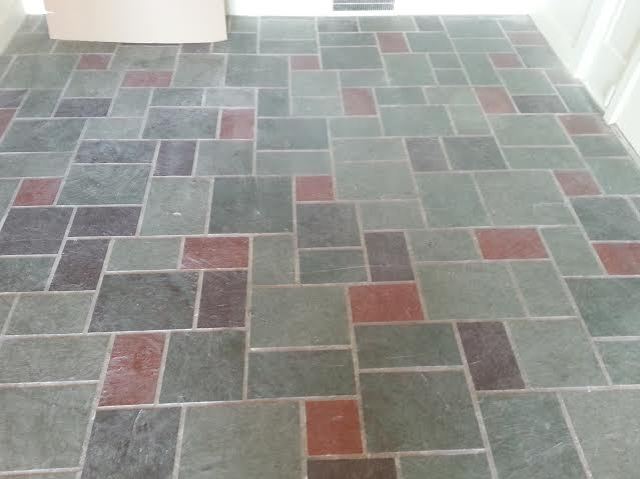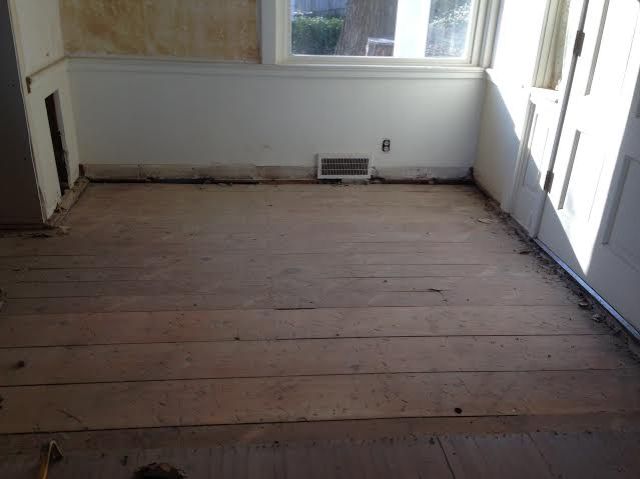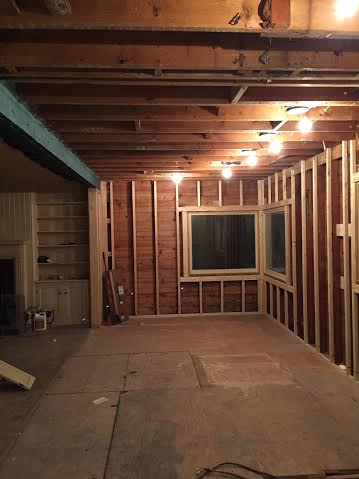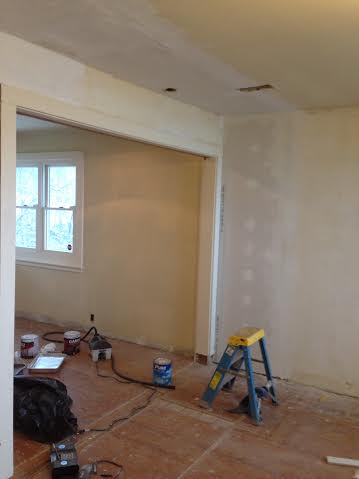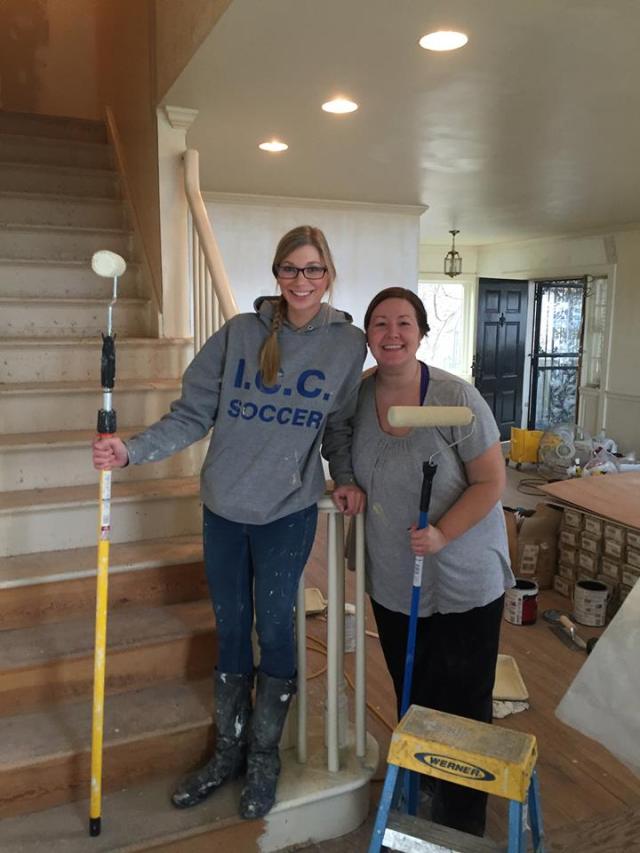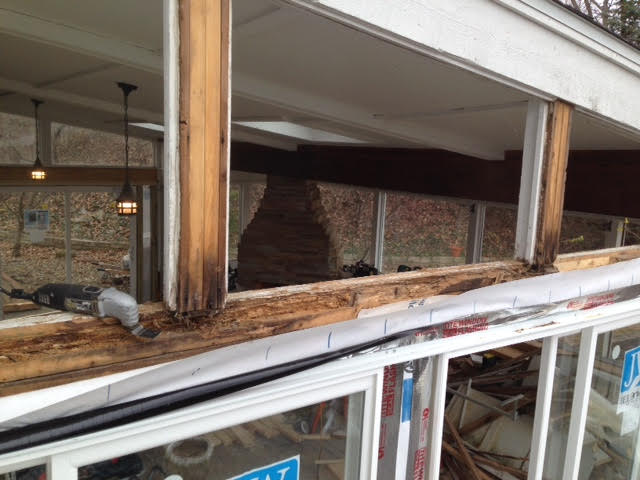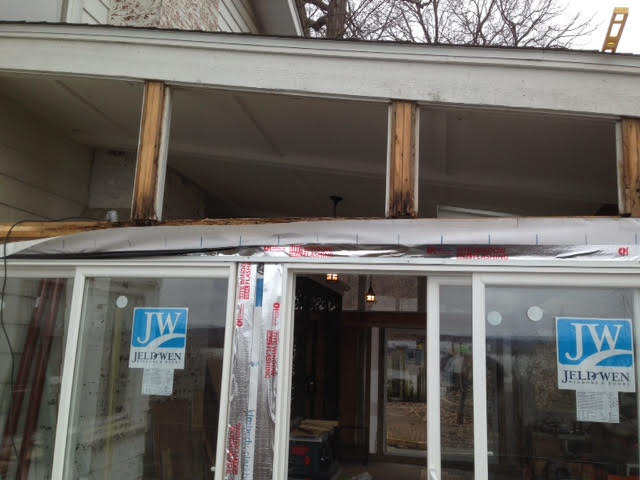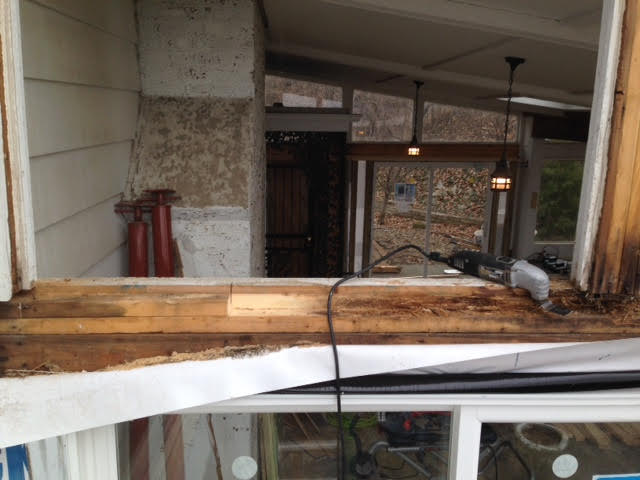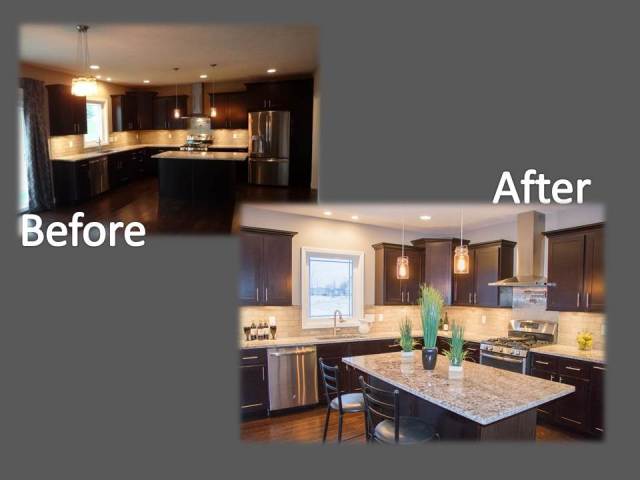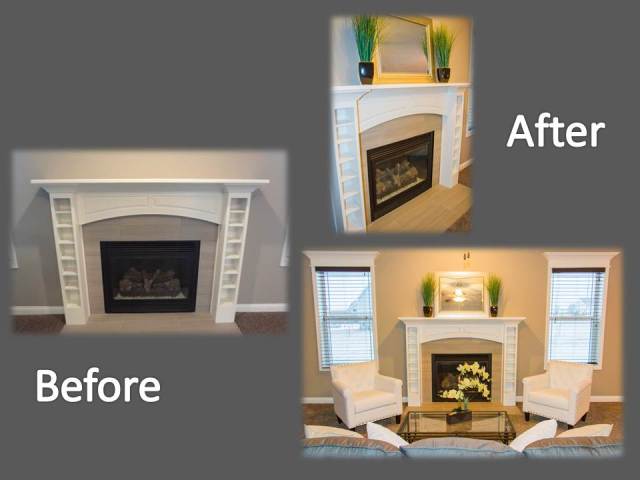Copied below is a great post for Branden Turner of Biggerpockets.com on how to make millions in Real Estate:
Sometimes a team can accomplish far more than a group of lone individuals. For example, cyclists in the Tour de France take turns riding at the front of their group, decreasing the wind for those behind them. Wolves hunt in packs to take down animals 20 times their size. And for those of us who were children of the ’90s, we all rememberDucks Fly Together.
This brings up another team that can accomplish amazing things — not a team of people, but a team of benefits which, when combined, can help you achieve your greatest financial goals. Specifically, I want to talk about real estate.
I’m a real estate investor, and I firmly believe that real estate is the best traditional investment on Planet Earth today. However, just because you buy a piece of real estate doesn’t mean you’re going to make money.
As I explain in The Book on Rental Property Investing, big wealth is built through real estate investing by capitalizing on something I call “the four wealth generators of real estate.” Alone, each of these benefits can help you make more money, but together they’ll make you rich.
***Hey, you! Yes, you! I want to invite you to this week’s BiggerPockets Webinar, The Top 10 Mistakes Real Estate Investors Make (and How to Avoid Them). We’ll be talking about some common mistakes made by both new and experienced investors — and how you can beat the odds and avoid them! Hope you can make it! And now back to the post!***

 Download Your FREE Rental Application Form!
Download Your FREE Rental Application Form!
It may seem like a small thing, but having a solid rental application is the first step in finding great tenants. Since BiggerPockets is all about helping you succeed in real estate investing, we’ve put together a complimentary Rental Application for you to use. Download it today and go find some great tenants!
Click Here For Your Free Rental Application
1. Cash flow
Cash flow is the extra profit left over after all of the expenses have been paid on a property. For example, if my rental property produced $2,000 in income and my expenses came to $1,700, my cash flow would be $300 that month.
Related: One Simple Habit the Vast Majority of Wealthy People Practice Every Single Day
Now, I know a lot of you are saying, “Three hundred dollars is not going to make me a millionaire.”
Probably not. But remember, we are just talking about one of the wealth generators. There are still three more to go!
Additionally, that $300 might be from just one property. If I owned ten similar units with the same cash flow, that’s $3,000 per month. If I owned 100 units, that’s $30,000 per month. This cash flow can go a long way toward helping you quit your job — or helping you save for a future big purchase, or retire wealthier.
2. Appreciation
When I talk about appreciation, I am not referring to how much I like you (though I do appreciate you!). I’m referring to the natural rise in value that real estate experiences. For example, if you purchased a property for $200,000 ten years ago, and today that property is worth $300,000, the appreciation made you $100,000 richer!
Of course, appreciation doesn’t cause values to increase every year (consider 2007!). However, historically, real estate prices have appreciated over the long term. So, again, appreciation alone is not likely going to make you a millionaire, which is why I don’t recommend that people purchase bad deals hoping that appreciation bails of them out.
However, appreciation is combined with the other “members” of the wealth generation team, powerful stuff can happen.
3. The loan pay-down
When you purchase a rental property with a mortgage, each month you make a payment to the lender. That payment includes two parts: principal and interest. Interest is the profit for the lender, but the principal is money you are paying down the loan with.
For example, if you purchased a house five years ago for $100,000 and obtained a $80,000 mortgage (we’ll say it was a 30-year mortgage with a 5 percent fixed rate), today you would owe only $74,000. Ten years from now, you would owe only $65,000. This means that every year your equity increased (equity is the difference between what a property is worth and what is owed on it), you’d gain value, as long as the property value didn’t drop.
Of course, if you paid all-cash for a property and didn’t obtain a loan, you would forfeit this wealth generator. This is something only you can decide.

4. Tax benefits
Finally, the fourth wealth generator in real estate is the tax benefits the U.S. government gives to investors. These benefits are numerous and realized in several distinct parts of the real estate process.
For example:
- Unlike most businesses, the government doesn’t look at cash flow or appreciation as self-employment income; thus no self-employment tax is typically due.
- The income tax that is due is often offset entirely by a deduction known as depreciation.
- Additionally, when you sell rental properties, the profit is taxed at the long-term capital gains rate, if at all.
- You can often defer any tax using a 1031 exchange offered by the government as a way to trade up into bigger or better properties.
The bottom line: If you make $100,000 per year from your job, your mom earns $100,000 per year from a business she owns and I earn $100,000 per year from real estate, who do you think keeps more? That’s right, I do.
Related: The Ultimate Guide to Real Estate Investment Tax Benefits
Of course, I’m not a CPA, so you should definitely consult with one before making any financial or tax decisions.
Putting it all together: an example
As I mentioned, each of these wealth generators can be powerful in itself. However, putting the four together can make you exceedingly wealthy because of the synergy among them.
For example, you might purchase $1,000,000 worth of multifamily real estate with a $200,000 down payment. Let’s assume this property produced $30,000 per year in cash flow, but it also might be increasing in value at 5 percent per year. This means that after 10 years, it could be worth $1.6 million, and you would have earned another $300,000 in cash flow.
On top of that, after those 10 years, that initial property could be paid down so that you owe only $650,000, giving you $1 million in net worth on that one property alone.
And to top it all off, the tax benefits during that decade would help you keep far more of that profit than had you earned it any other way.
Real estate is not the only way to get rich today, but it certainly is a simple one to understand, thanks to the four wealth generators of real estate.
Now that’s a team I want to be a part of.


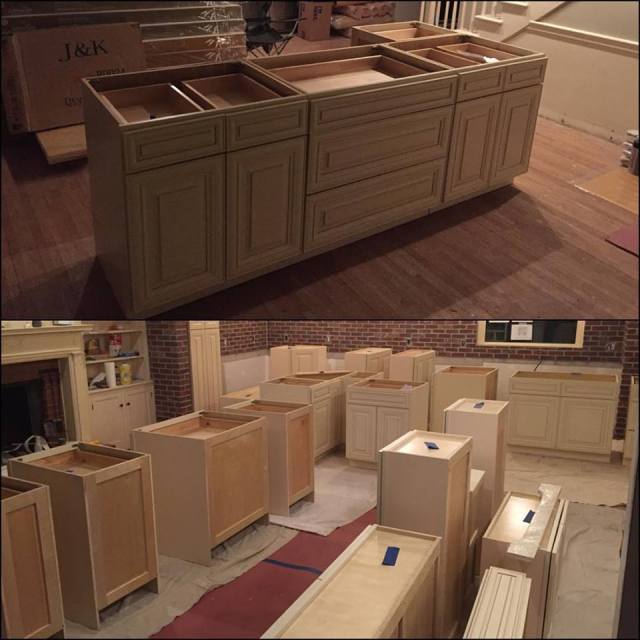

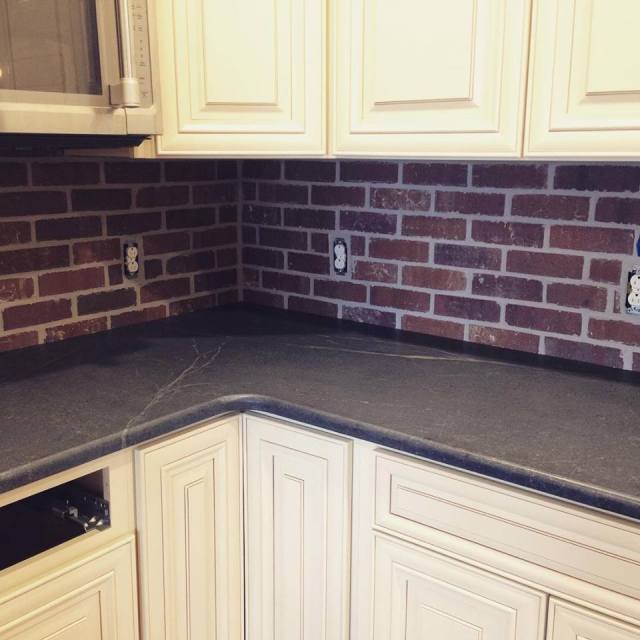

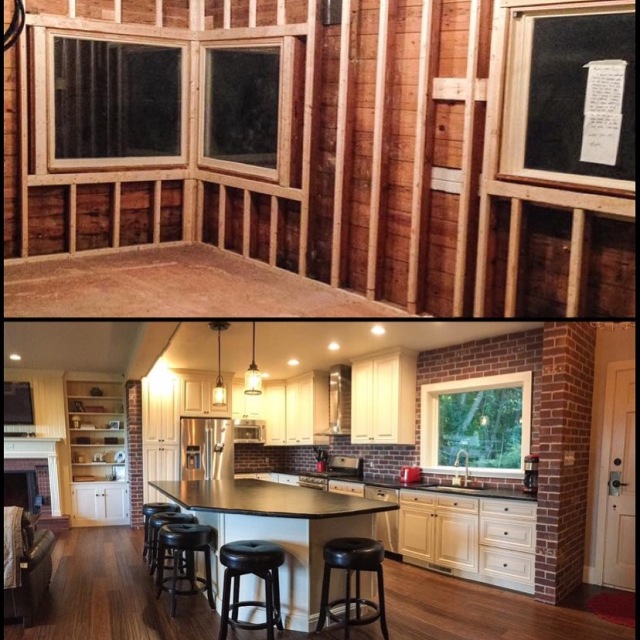





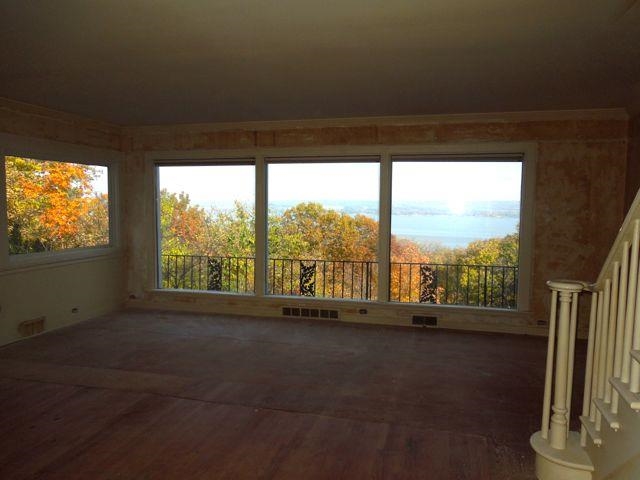
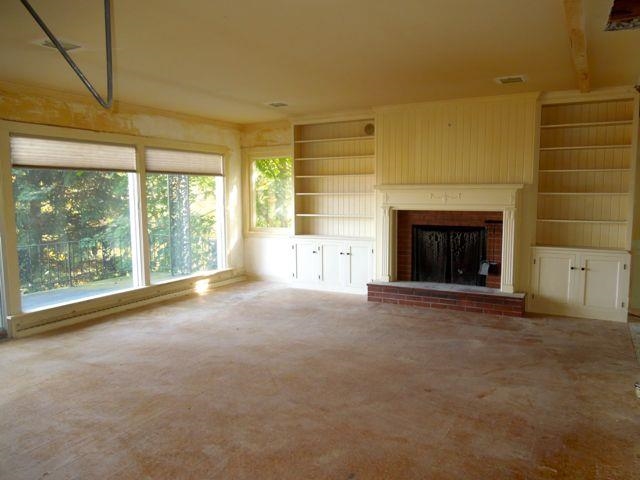


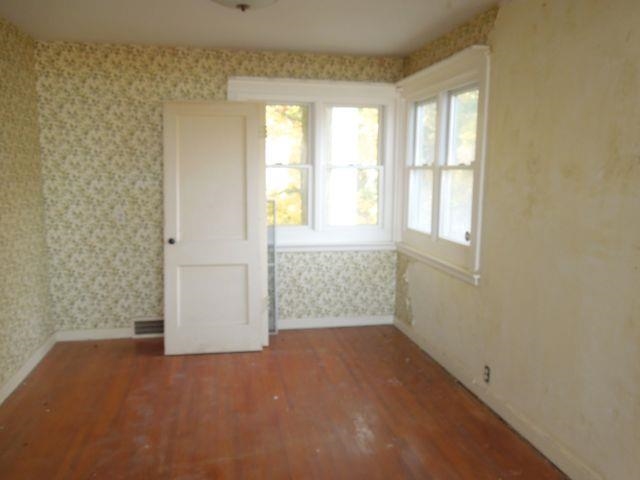
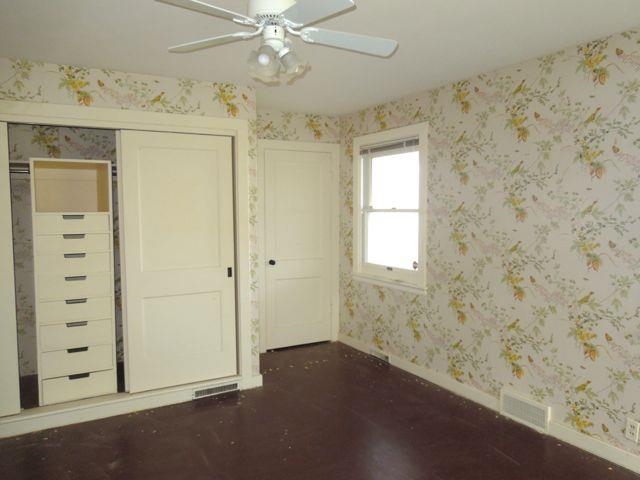


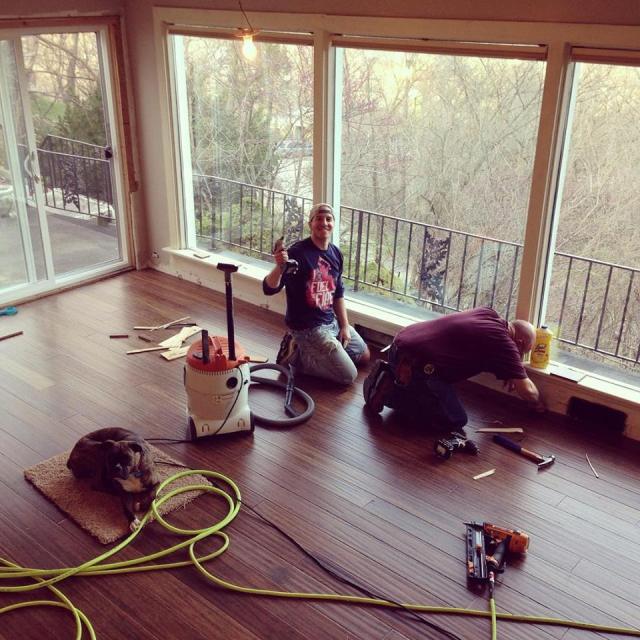
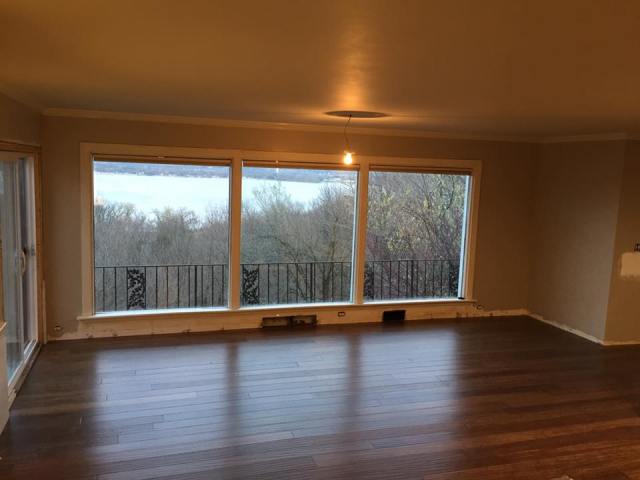

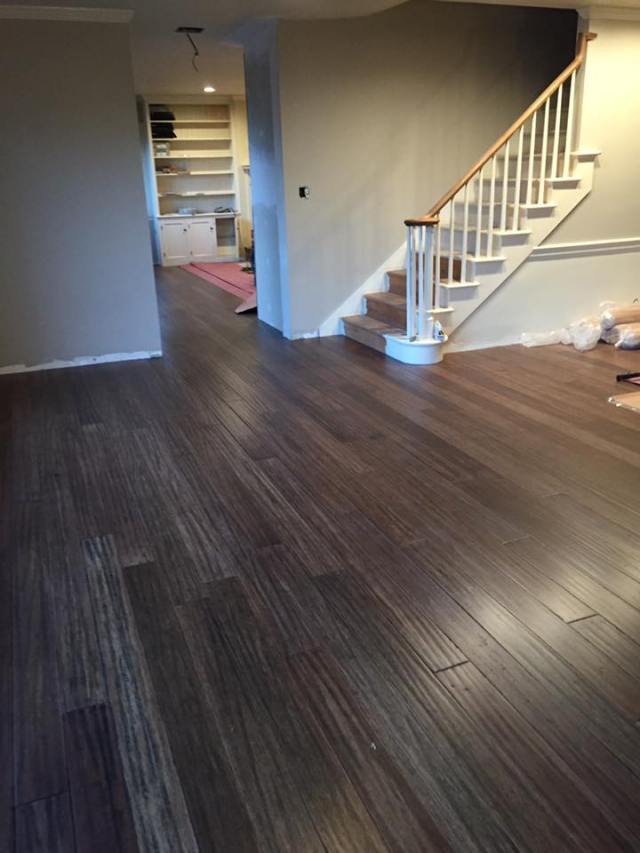





 Download Your FREE Rental Application Form!
Download Your FREE Rental Application Form!

